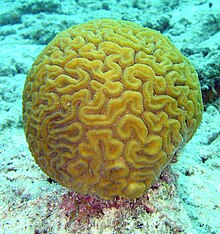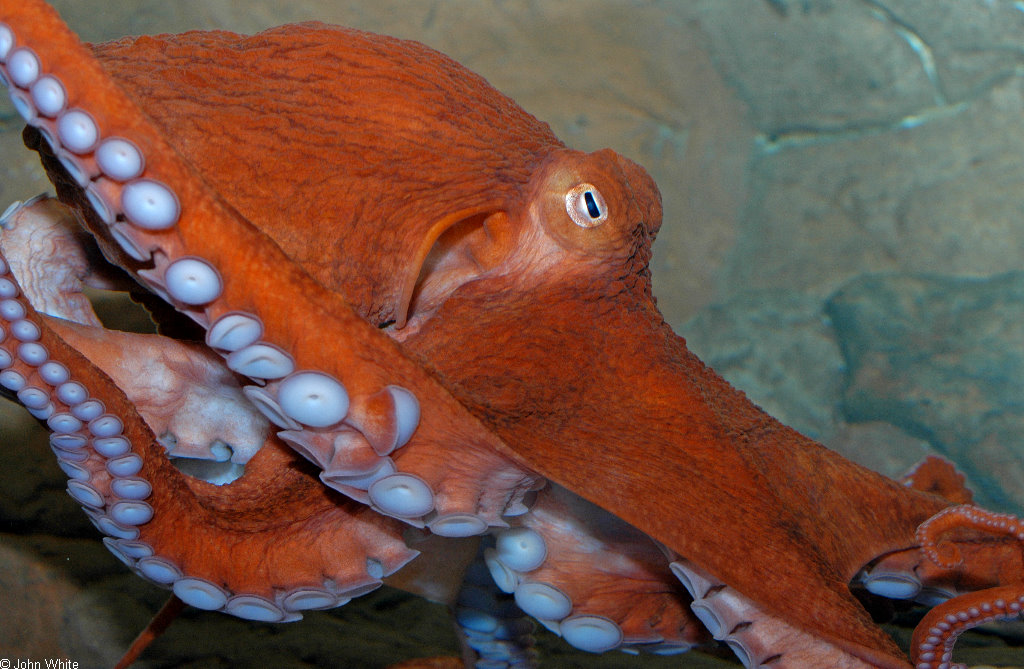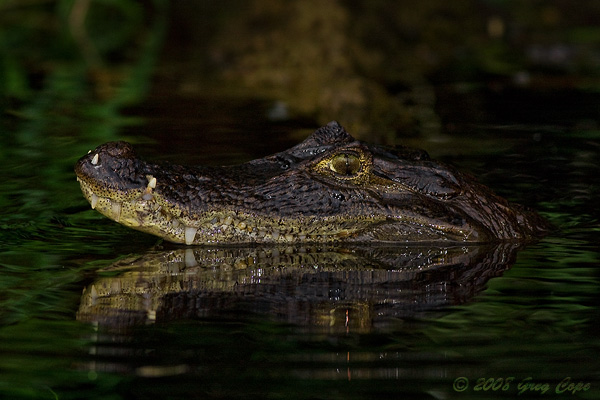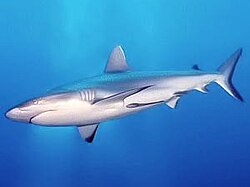The symbiotic relationship between the Clown Anemone Fish and sea anemones is that the Clown Fish defends the anemone from polyp-eating fish like the butterfly fish which it chases off, and it return the anemone protects the Clown Fish from predators by letting it live in it. The anemone protects it by stinging the predators as they approach.

Sea otter spend so much time cleaning their fur coats because that is what keeps them warm. they have to avoid letting oil and other polluting substances in their fur because then its insulation is effected.

At first, in the 1900's, sea otters were found mostly in Alaska and California, but they were a popular attraction when it came to hunting because of there fur. It was made illegal to hunt these animals until the late 1900's when they were reintroduced in Alaska and California.

The colours of the sea anemone's were green,purple and red.

My favorite marine invertebrate is the jellyfish. Jellyfish solely rely on there tentacles for protection, attacking and transportation. the jelly fish use their tentacles to sting predators when being attacked or prey when attacking. they also use them to move around in the ocean.

The scientific name for a beluga whale is "Dolphinapterus Leucas". There are 2 at the Vancouver aquarium.

The Potbelly Seahorse uses its tail to move around, it swings back very quickly as it transports in the water.

This is Brain coral and it looks very similar to the human brain.

This is a starry flounder. This flounder has pigments that allow it to change colour which benefits it when it comes to camouflage. Another adaptation it has to help camouflager itself is the ability to make its tail flap dirt on itself which hides it from predators.

The movement of the moon jellyfish could be described as flapping inside out and pushing the water behind it. The adaptation they have when feeding on plankton is that plankton land on the jellyfish's mucus and get stuck and the jellyfish feeds on it.

The purpose of those white suction cups is to help the octopus feel and taste, it uses those suction cups to catch prey and it then uses its beak to eat the prey.

The different feeding types of the steller sea lions are squid and fish. These sea lions eat approximately 5% of their body weight each day.

The Caiman came from Brazil, Argentina and Paraguay.

The Caiman is a blackish/brown colour and I think this is a good colour for it because it helps it camouflage when it is sneaking up on prey before it attacks.

the largest fish in the aquarium is the Arapaima.

This fish is the Tamabaqui, it is a vegetarian fish that feeds on zoo plankton.

Piranha's are a big threat to humans when humans are swimming in waters infested with these flesh eating fish.

sharks are composed of zero bones. Instead they have a structure made up of cartilage.

Some other animals that were found in the shark tank were Stingrays, Green Sea Turtle, and Red-Tail butterfly fish.
The Giant Red sea urchin which has the scientific name of Strongylocentrotus. The urchin has pointy spikes that point away from it that keep predators away.

Archer fish catch their food by going up to the surface of the water and bringing down insects by spitting on them.

The name of the Sea Turtle in the tropic zone is Chelonia Mydas.

Purpose (connections to class)- 2/4
ReplyDeleteQuality of Content (info from class)- 2/4
Personal Reflection- 3/4
Conventions (writing)- 4/4
Requirements (questions)- 10/10
21/26